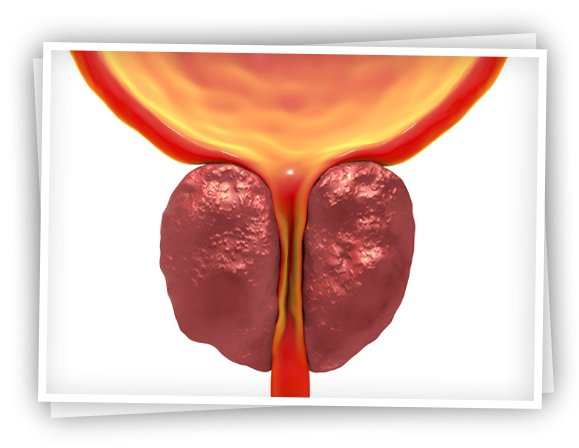How is Post-Operative Follow-up Performed?
On the first day of the surgery, a serum is washed into the bladder to prevent clot formation in the bladder. This serum is given into the bladder through one channel of the catheter and flows into the bag from the other channel. Depending on whether there is bleeding in the urine on the 1st or 2nd day after the surgery, this washing serum is removed. The catheter can be removed 2-3 days after the surgery. During this period, the patients' blood pressure, fever and blood values are monitored. They can be discharged 2-3 days after surgery, depending on the surgeon's experience and the patient's condition.
Patients with fever-urinary tract infection, deterioration in blood values, patients who need blood transfusion, and patients with bleeding in the urine can be followed up in the hospital.
How Many Days Will You Stay in the Hospital?
After the TUR-P operation, you stay in the hospital for at least 2 days. It is recommended to hold the catheter longer in some patients and these patients can be discharged home with the catheter. In some patients, stenosis is detected in the urinary tract and this narrowing area is opened during the same procedure.
The catheters of the patients whose follow-up is uneventful are taken, and the patients who urinate can be sent home. At discharge, medications to be used at home are prescribed.
What awaits Patients After Discharge?
During the recovery period, patients have burning and bleeding in the urine and may continue for about 3 months. Sudden squeezing and not being able to make it to the toilet, drip leakage can be seen. Some patients may not be able to urinate and a catheter may be required. Patients with severe bleeding, especially after straining, have also been reported.
They can start their sexual life after 4-6 weeks. There is no harm in taking a bath for patients who have undergone endoscopic surgery, that is, without incision.
What should patients pay attention to after TURP?
It is recommended that patients take plenty of fluids and consume fibrous foods. Straining, straining, heavy lifting, such as constipation can increase the risk of bleeding. Since the complaints will increase in cold weather, it is recommended to protect themselves from the cold for a few months.
Infection is suspected in the presence of high fever, cloudy, foul-smelling urine, swelling of the eggs and groin pain. In these cases, please consult your doctor.
Is Surgery Necessary After TURP?
Since prostate tissue remains in patients after TURP, this remaining tissue may enlarge and compress the urethra again in the following years. One study showed that 12.7% of patients with TURP were reoperated for prostate enlargement or bladder neck/urethral stenosis. A second TURP was needed in 8.3% of patients due to prostate enlargement.
What Can Patients Expect in Their Sexual Life After TURP?
Our patients can start sexual intercourse after about 4-6 weeks. Unfortunately, semen does not come out in 60-85% of patients (retrograde ejaculation). At orgasm, semen enters the bladder. In a meta-analysis (compilation of data from previously published articles) investigating the rates of erectile dysfunction (erectile dysfunction) after prostate surgery, no change in erectile functions was reported.
“The information on this page has been prepared to enlighten patients. Please contact our doctor to get comprehensive information about diagnosis and treatment.”



















